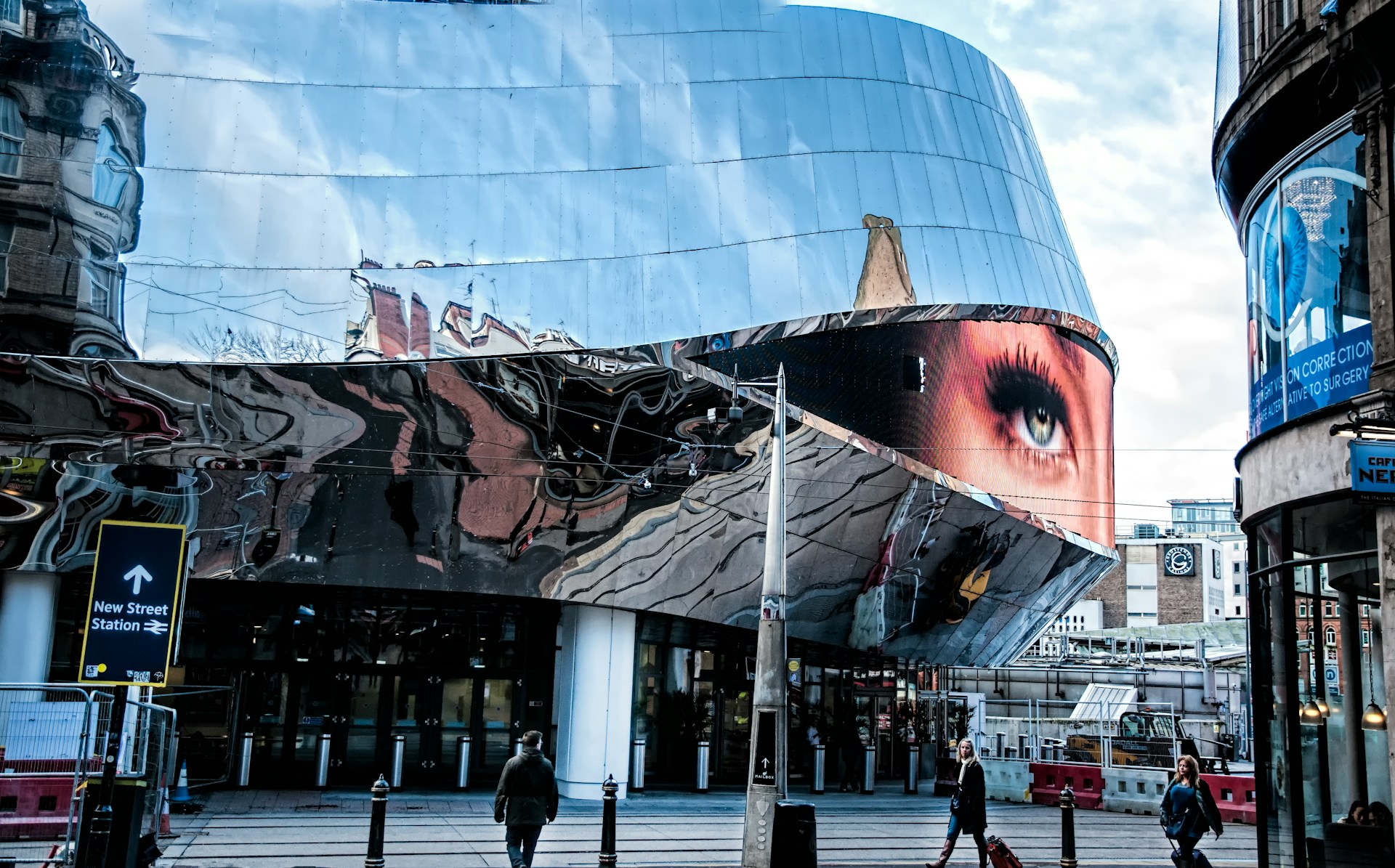
Poland: 8 Notable Sites Every History Buff Must Visit
Table of Contents
The Republic of Poland boasts a remarkable history shaped by its position in Northern Europe, local geography, and the culture of its extraordinary people. There are thousands of noteworthy historical sites around Poland ranging from prehistoric to WWII.
It’s difficult to reduce the heritage of a great nation to a shortlist, so this is really just a sample of some of the best. The following are 8 amazing historic sites you must visit in Poland.
1. The Museum of WWII in Gdańsk

The striking modern architecture of the Museum of WWII makes it stand apart from the more traditional buildings of Gdańsk’s waterfront. But that’s not why it’s one of the city’s most popular attractions.
This museum tells the story of Poland’s part in the world’s worst-ever conflict in chronological order. Inside you’ll find 50,000 square feet of exhibits ranging from Nazi propaganda posters to a Sherman tank. Thankfully, the thousands of displays have English language labels.
The museum is intentionally somber and emotionally moving. Only 200 people are allowed in the building at any one time to create an atmosphere of personal reflection for visitors. Many leave the building in tears because of the many terrible events documented and displayed in this temple to the darkest period of Polish history.
2. Malbork Castle

This stunning building is the largest castle in the world. Originally founded by the Teutonic Knights in the 13th century and completed in 1406, Malbork Castle is now a UNESCO World Heritage Site. The castle makes a great day trip destination from Gdańsk.
The unique, brick-built complex encloses a monastery, a palace, and three distinct fortifications along with hundreds of other structures. Today you can tour the buildings and the castle’s informative museum of medieval history.
This is definitely a place to bring your camera for amazing photographs of Malbork Castle’s gothic architecture and beautiful setting on the Nogat River. This is an all-day experience, bring a backpack to carry snacks, water, etc.
3. Wawel Castle
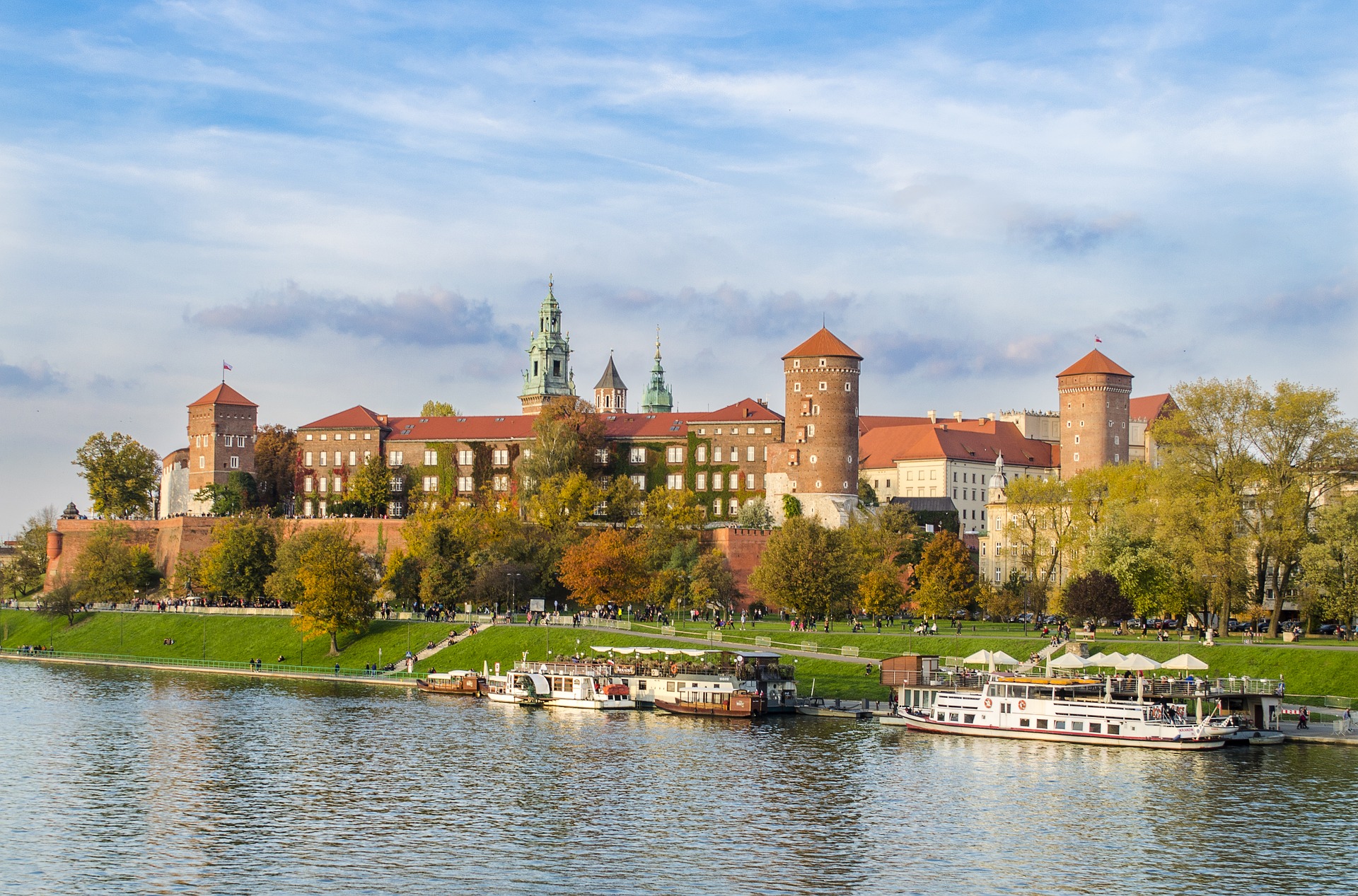
As the seat of the Polish monarchy from the 11th century, Wawel Castle in Kraków is one of the most important historic sites in the nation.
Inside the castle, you’ll find the royal staterooms, the palace apartments, the treasury, and the armory. You’ll be amazed by the rich Renaissance architecture and artwork.
The royal apartments allow you the opportunity to see how the royal family lived when they were the supreme authority in Poland.
And while you’re in Kraków, don’t miss its UNESCO World Heritage listed historic center. There you’ll see the gothic splendor of St. Mary’s Church looming over the largest market square in Europe.
4. Auschwitz Concentration Camp
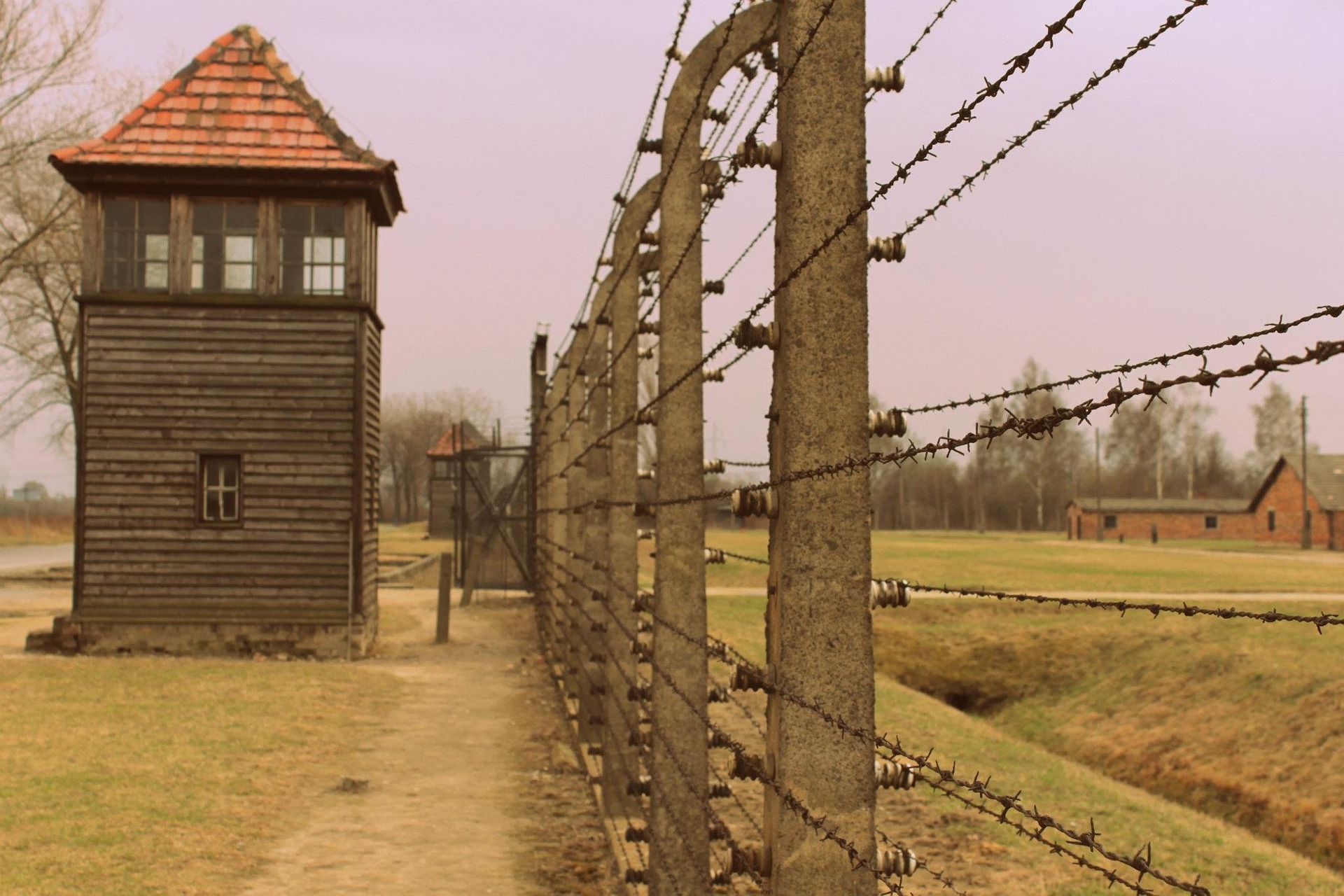
Sadly, no tour of Poland’s many historic sites would be complete without a visit to Auschwitz Birkenau Concentration Camp. It was the largest Nazi concentration camp during WWII, and over a million people were murdered here between 1940 and 1945.
You enter the Auschwitz Memorial and Museum through the original camp gates with the infamous sign that lies: “Arbeit Macht Frei.” The guided tours take approximately 3½ hours.
The camp museum features the most traumatic collection of personal artifacts, documents, and horrifying images of any museum in the world. You can explore the crematoria ruins, the camp barracks, and gas chambers.
5. Biskupin Bronze Age Fortified Settlement
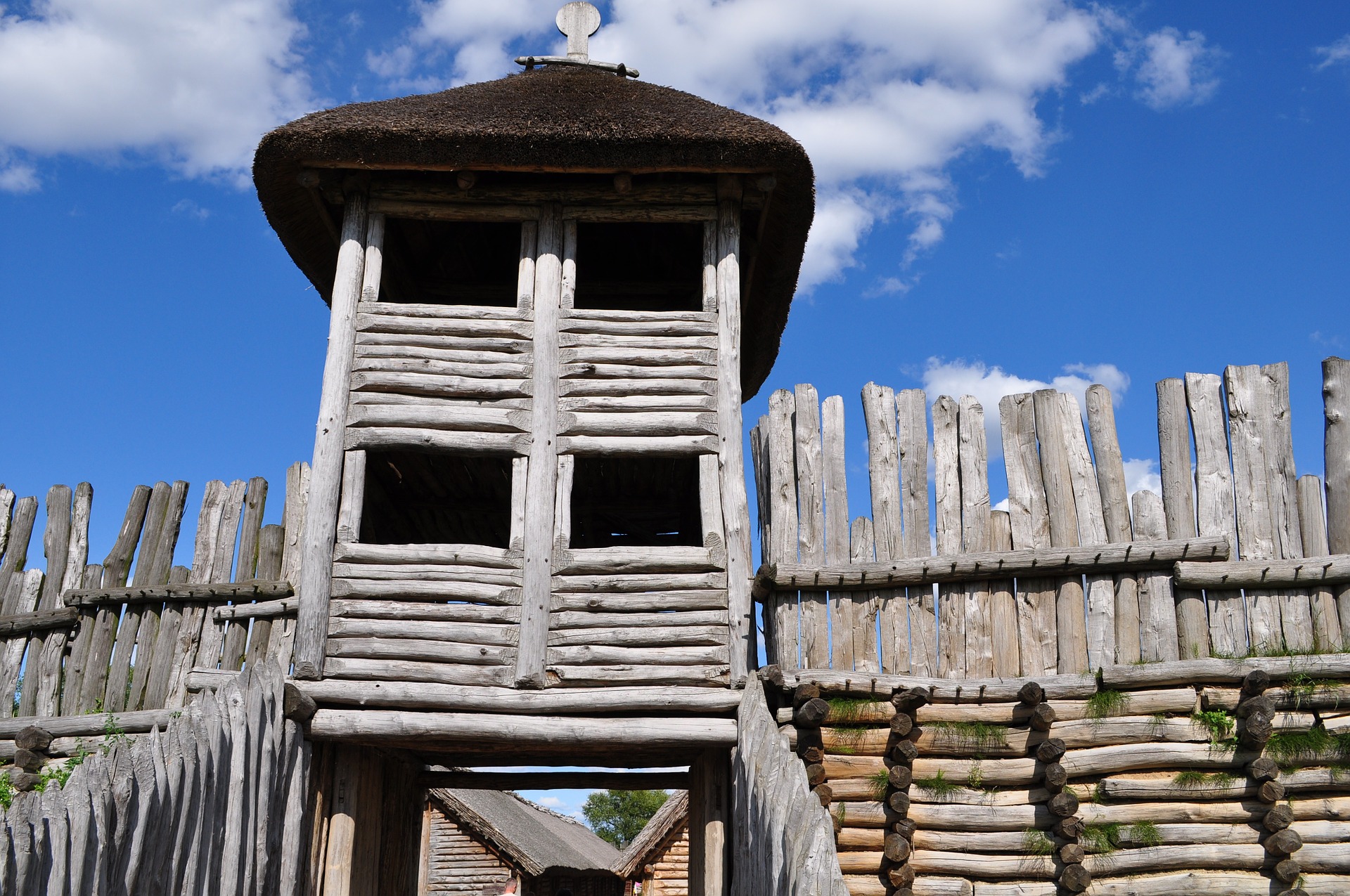
This is an amazing reconstruction of the fortified, Bronze Age settlement discovered through a series of careful archaeological excavations. You can find Biskupin 56 miles northeast of Poznań.
The Biskupin Fortified Settlement was first reconstructed in 1936, but the current structures were built following WWII. You can explore ramparts and a reconstructed Bronze Age street with houses to each side.
The settlement was originally built by the Lusatian Culture in the 8th century BCE. Today, this historic site plays a key part in forming the Polish historical consciousness.
6. Toruń Medieval Town
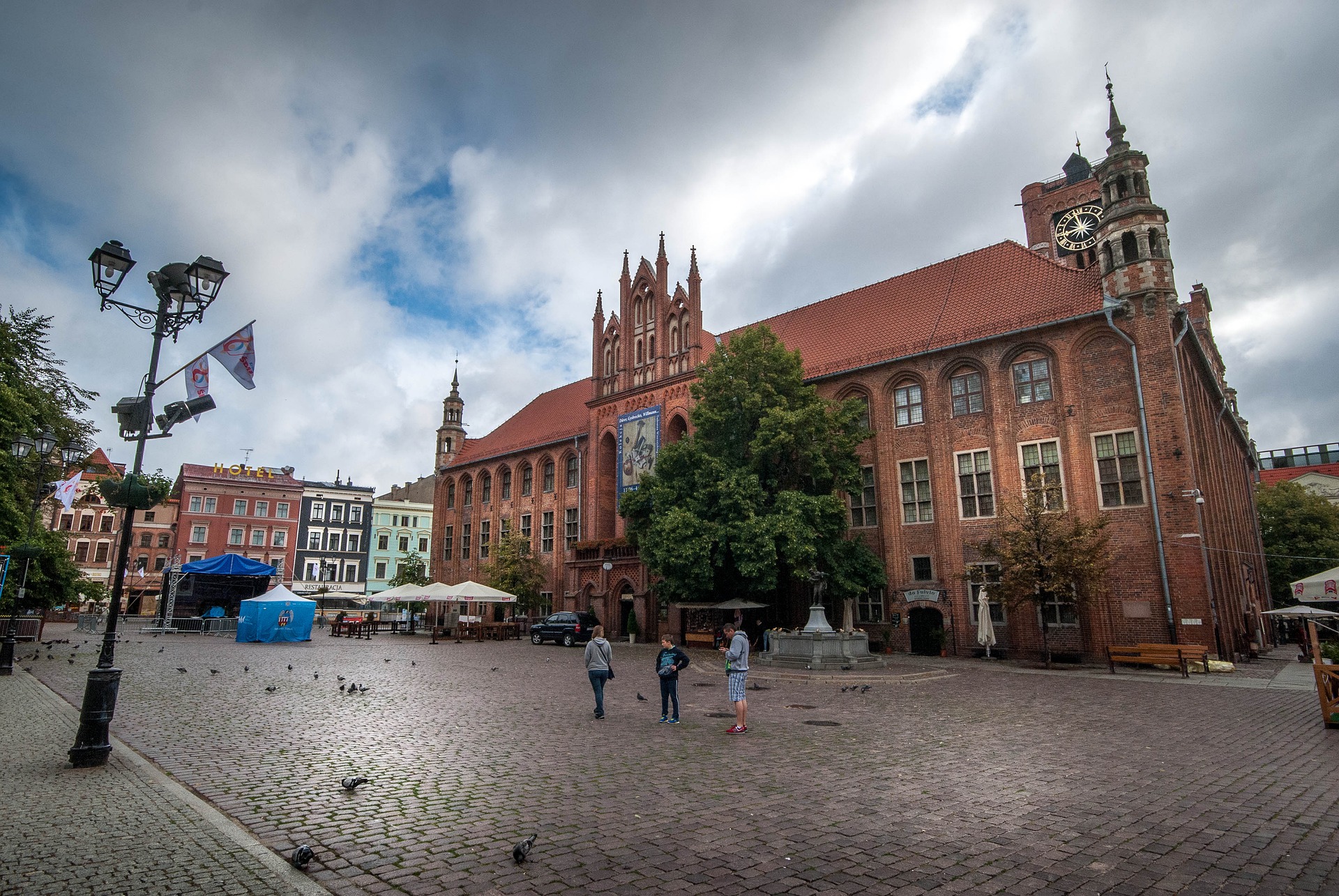
Toruń is famous as the birthplace of Nicolaus Copernicus—the man who first claimed the Earth orbited the sun. But today visitors flock to the city to admire its well-preserved medieval architecture.
Despite the passing of centuries, Toruń has preserved its original medieval street plan and many of the earliest buildings. It’s considered the best city in Poland to gain a good idea of what life was like in medieval times.
Visitors love to explore the city walls, with their famous 13th-century leaning tower. Other popular landmarks include the 13th-century town hall and the 15th-century mansion, where it’s believed Copernicus was born.
7. Wilanów Palace
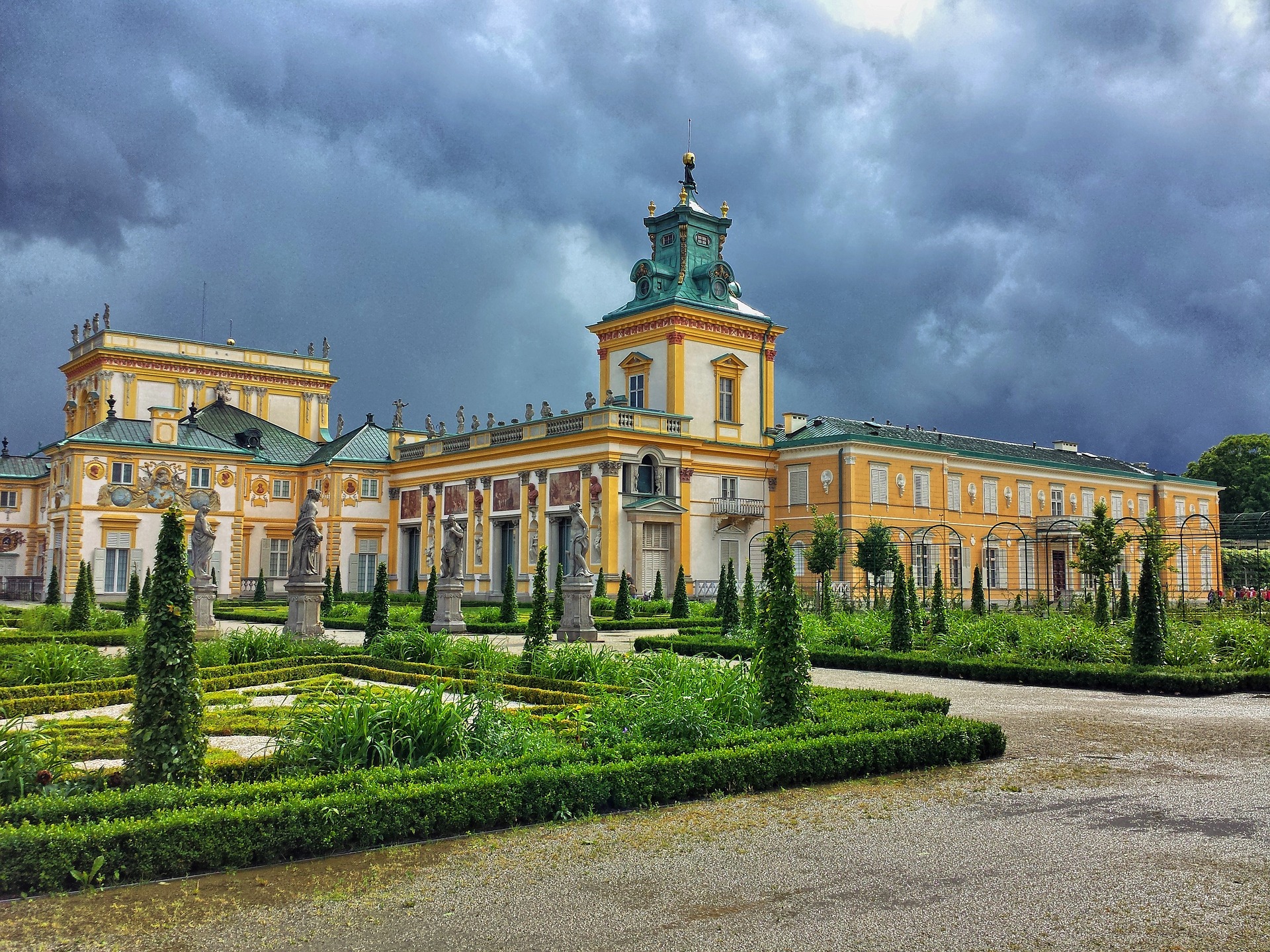
This 17th-century palace in Warsaw is considered one of Poland’s most important monuments – a tangible reminder of Poland’s golden age. The Wilanów Palace Museum was founded in 1805 and contains a wealth of paintings and artifacts concerning the history of Poland and its monarchy.
Visitors come to admire the fantastic Baroque architecture, the amazing painted ceilings and plasterwork, and the incredible formal gardens surrounding the palace.
Warsaw’s Old Town is also well worth a visit. Although many of the 13th-century structures were destroyed during WWII, much effort has gone into restoring the historic center to provide visitors with a vision of medieval Poland.
Wroclaw Centennial Hall
Built-in 1913, the Centennial Hall in Wroclaw is an important event and exhibition space. It was designed by the renowned German architect Max Berg when Wroclaw was part of the German Empire.
Today, the building is regarded as a key landmark and a wonderful example of reinforced concrete architecture. When first constructed, the 220-feet-wide cupola was the largest of its kind. Not it’s a UNESCO World Heritage Site.
And there’s more!
Obviously, this is only a small sample of the wealth of historic sites you can find in Poland. Whether your interest lies in prehistory, the medieval period, the Renaissance, or more recent times, there are many historic sites in Poland you must visit.
I had the good fortune to be born in a first-world country at a time when fast international travel became possible for average people. Having shared meals with families in huts with no electricity and dirt floors, I appreciate the “little” things that my fellow Englishmen take for granted. Over the years I’ve worked in many different fields. I’ve been an archaeologist in the Scottish Hebrides, an accountant in London, and taught English in China. However,I’ve never enjoyed any other job as much as writing.
Related Posts

